
This page collects miscellaneous reviews for artists who don’t have their own page.
Coldplay | David Gray | The Mendoza Line | Andy Thornton | Steve Wynn
Coldplay
Parachutes
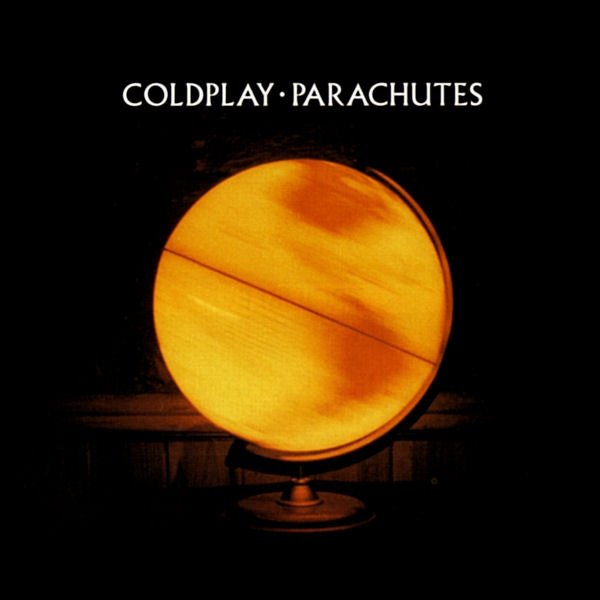
2000, 5.5/10
As Radiohead retreated from conventional songwriting into more experimental realms, a market niche opened for groups to pursue an accessible adaptation of melancholy semi-acoustic music patented on The Bends. Just as Creed were a poor-man’s version of Pearl Jam, and Limp Bizkit were an even worse version of Rage Against the Machine, Coldplay are a pale imitation of Radiohead.
Where Coldplay fail is that they’re numbingly bland. While vocalist Chris Martin has a plaintive voice, with an impressive upper register, his lyrics might as well have been written by a computer. Musically, they’re a three piece without much identity, even though they pull some strong vocal melodies out on occasion. It is no coincidence that ‘Spies’, the only lyric that doesn’t vaguely skate around the boundaries of a mildly dysfunctional relationship, makes for the most entertaining track.
Parachutes is pleasant if you find it cheap, but I can’t see any listener getting extended listening mileage out of it.
A Rush Of Blood To The Head
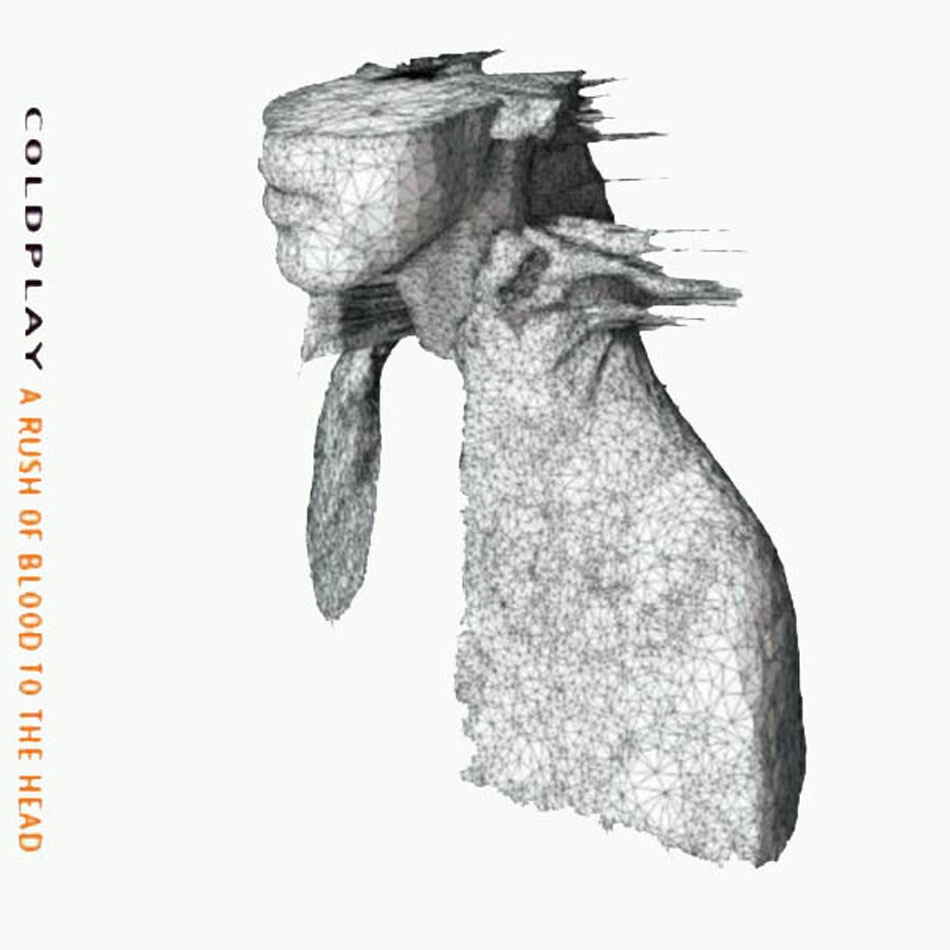
2002, 5.5/10
It’s difficult to imagine a less appropriate album title for Coldplay, the purveyors of pre-meditated, neatly-packaged, post-adolescent angst. A Rush Of Blood To The Head is more expansive and ambitious than its predecessor, opening with the aggressive Brit-pop of ‘Politik’ and taking on more ambitious material like ‘Warning Sign’ and ‘Amsterdam’.
‘Clocks’ is Coldplay’s best song yet, based on a Martin piano riff; as mundane as he is, he’s still the most interesting member of Coldplay’s personnel. The other guys might help write the tunes or something, but they’re completely faceless behind their instruments, and are a subservient backdrop to Martin’s vision of sensitive and inoffensive adult pop/rock. It’s not like these Coldplay albums are particularly bad; it’s pretty difficult to find any bad songs on them.
There’s so much more interesting music out there than this faceless conglomerate of British musicians; they’re competent in every aspect, but excellent in none, neglecting what makes great music great in the first place.
X&Y
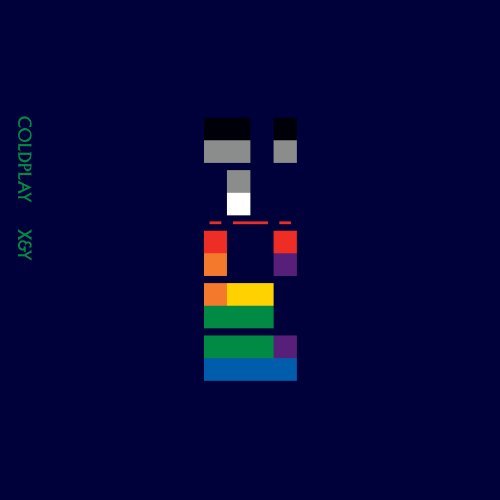
2005, 6.5/10
Maybe I’m the only person in the world who thinks this, but to my ears X&Y is Coldplay’s most substantial album yet, with a better ratio of good songs to bad songs than their first two records. They’re still mining the space between Coldplay and U2; the riff in ‘White Shadows’ sounds like the guitarist wants to be The Edge, but I’m not too fussed if they can string together enough good songs like this.
Although Chris Martin is still over emoting about the minutiae of his feelings, these songs seem more meaningful than before. “Lights will guide you home/And ignite your bones/And I will try to fix you” doesn’t make a whole lot of literal sense, but it’s nice. The verse melody of the title track is terrific – if they managed more moments like that, I’d consider owning one of their albums. First single ‘Speed of Sound’ is reminiscent of ‘Clocks’, but best of all is ‘Fix You’ – that softly dramatic chorus is very effective. The acoustic tracks ‘A Message’ and ‘Til Kingdom Come’ are also excellent, and break up the album nicely.
I’m not ranking X&Y too highly still, as there are many other bands that I’d rather listen to, but it’s a step forward over the first two, so if you thought those were enjoyable, prepare to be blown over by X&Y.
David Gray
White Ladder
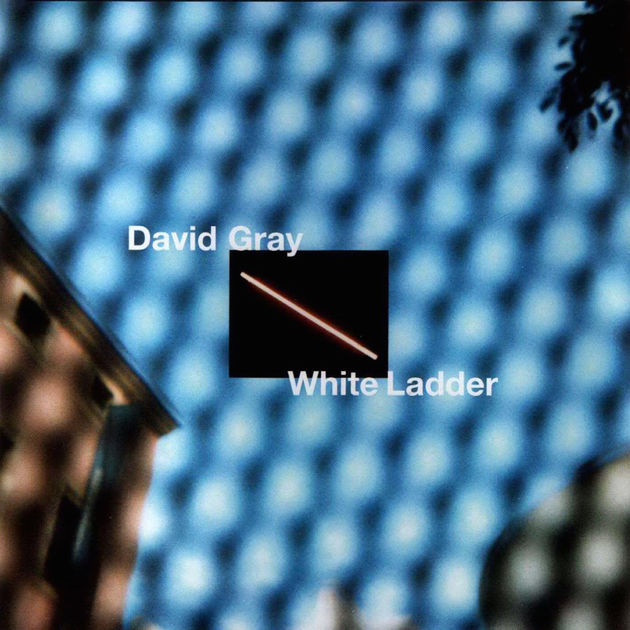
2000, 6.5/10
If music betrays its context, then listening to early records from The Kinks and The Beatles would allow the listener to visualise a swinging Carnaby Street full of mods with quirky dress sense. Listening to early seventies Genesis would give the impression of a pastoral England full of mythical creatures, all wanting to seduce Peter Gabriel. Judging from David Gray and Coldplay at the turn of the 21st century, and it sounds like England has lost its mystique and is now full of lovelorn young men moping through drab and miserable winters.
Musically, Gray’s a whiny guy with a nasal voice singing relatively predictable singer-songwriter fare, replete with attractive arrangements and cool synth noises. Some of the arrangements on this record are absolutely gorgeous, admirable when it’s considered that Gray made White Ladder in his London apartment with traffic noises filtering in – the theremin like keyboard effects in ‘We’re Not Right’ and the stately piano of ‘Babylon’. And despite the self-obsession running through the lyrics (“I got half a mind to scream out loud/I got half a mind to die/So I won’t lose you girl’) Gray does put together a strong batch of songs on White Ladder. It’s no injustice that this record became a sleeper hit for Gray after he spent a few years languishing on the fringes with obscure albums like A Century Ends, Sell, Sell, Sell and Flesh, not hitting the big time until his 30th year. Gray’s lack of humour and self-obsession wear thin quickly, but songs like ‘Please Forgive Me’, ‘Babylon’, and ‘My Oh My’ are catchy despite their low key nature.
TLDR? A singer-songwriter who annoys me somehow creates an album that’s mostly interesting.
The Mendoza Line
Full of Light and Full of Fire
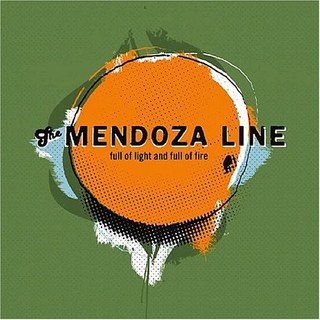
2005, 8.5/10
The Mendoza Line took their name from a statistical mark in baseball – a batting average below .200 was considered incompetent. The band came from Athens, Georgia, and eventually settled in Brooklyn. They released seven albums between 1997 and 2007, covering musical territory in the cross-section between The Replacements, Whiskeytown, and Richard and Linda Thompson. Full of Light and Full of Fire reportedly drifts closer to alt-country than their earlier records – most notably, the acoustic closer ‘Our Love Is Like A Wire’ recalls the gravitas of a Johnny Cash and June Carter duet. The band’s two vocalists, Timothy Bracy and Shannon McArdle, were married in 2005, but the band broke up in the wake of the couple’s 2007 divorce.
I’m not familiar with the band’s other albums, but there are some great moments on Full of Light and Full of Fire – Bracy and McArdle duet on ‘Catch A Collapsing Star’, with the memorable line “It’s our limitations that make us what we are.” Bracy’s not far from Paul Westerberg on songs like the acoustic ‘Settle Down, Zelda’ and the punk thrash of ‘Name Names’. The most arresting moment is the pulsing electric guitar behind McArdle’s vocal in ‘Mysterious In Black’. While songs like ‘Our Love Is Like a Wire’ and ‘Catch a Collapsing Star’ navigate through personal relationships, the band’s lyrical scope is wider than you might expect. The opener ‘Water Surrounds’ deals with postpartum depression, while other songs deal with international politics.
The Mendoza Line had a lot of natural assets – dual vocalists, musical diversity, and interesting lyrics – and it’s a shame that they wound up soon after Full of Light and Full of Fire.
Andy Thornton
Sunflower Girl
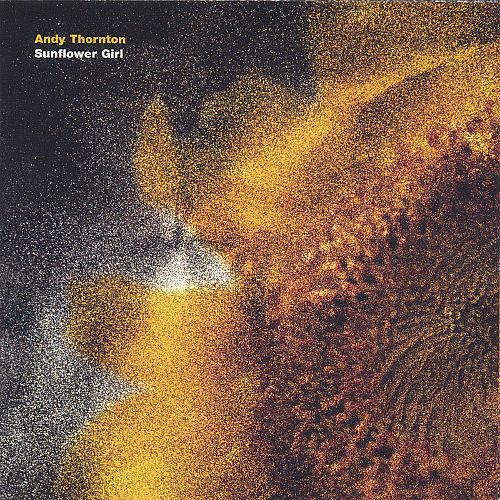
2005, 8/10
When you have a review blog, sometimes you receive requests from artists wanting you to review their albums – Sunflower Girl is the only unsolicited album I’ve received that I’ve genuinely enjoyed and revisited.
Sunflower Girl‘s songs were written in the year that followed Thornton’s wife passing away from cancer at the age of 29. As you’d expect, based on such circumstances, Sunflower Girl is utterly sincere. As much as Sunflower Girl is a lyrics focused album, it’s arguably more of a triumph musically; Thornton has a tendency to occasionally lapse into overused metaphors about ships and rainbows, not a surprise when the subject matter is so direct, while most of his melodies are genuinely memorable and his stripped down arrangements suit the material perfectly.
One frame of reference for Thornton is seventies folkie Roy Harper; Thornton’s voice has a similar lilt, his lyrics share the same yearning romanticism, and if he’s further from pure folk than Harper, his acoustic finger-picking still betrays a strong folk influence. Thornton handles most of the instrumentation himself, and recorded the songs in his home studio, and it sounds great; sometimes there’s little more than acoustic guitar.
Sunflower Girl’s strongest songs include ‘Under My Skin’, with a jazzy feel and some of Thornton’s most inventive lyrics (“She’s a poppy field/When you thought you’d see wheat”). The opening ‘Shake The Moon Down’ is agreeably memorable, while ‘Safely Home’ ends the album beautifully, with an uplifting resolution and gorgeous, subtle orchestration. There are plenty of pretty acoustic melodies like ‘That Girl’ and ‘He Does Not Deserve You’, and the pretty ‘Rosey (One More Time)’. The title track is overwrought, not surprising given the circumstances, and it’s a credit to Thornton as a writer that he’s able to capture a wider range of emotions than just the grief expressed on this song.
Sharing in someone else’s pain is sometimes the best way to soothe your own soul, and as an eloquent expression of difficult emotions Sunflower Girl is a success, where Thornton’s music legitimately serves as a conduit for his emotions and as a window to his soul.
If you’d like a copy of Sunflower Girl, visit https://andythornton.bandcamp.com/album/sunflower-girl.
Steve Wynn
Here Come The Miracles
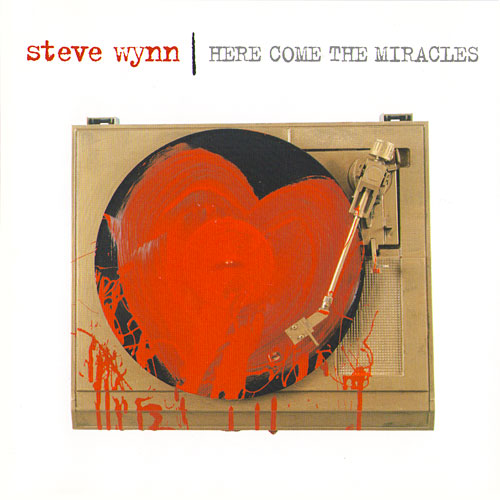
2001, 9.5/10
While Steve Wynn’s former band The Dream Syndicate garnered critical acclaim with their 1982 debut The Days Of Wine And Roses, they petered out into cult status. When the band broke up, front-man Steve Wynn continued in a similar vein, with a respectable but low profile solo career. Almost twenty years after The Days Of Wine And Roses, with little fanfare, Wynn unleashed a sprawling nineteen song set that deserves to be mentioned alongside the great double albums. Set in L.A. and recorded quickly in Arizona, the geographic identity is key; not only does the record have a sun-baked atmosphere that’s simultaneously paranoid and lethargic, but it’s full of reference points in the titles (‘Topanga Canyon Freaks’, Southern California Line’, ‘Death Valley Rain’, ‘Sunset To The Sea’) and lyrics.
Here Comes The Miracles is constructed around classic rock textures; it’s all nice warm organic guitars, organs and Fender Rhodes. Neil Young’s a good reference point, while there’s a touch of Lou Reed in Wynn’s vocal delivery, as he uses spoken delivery on some of the more intense moments. Instrumentally it could have been made in the late 1960s, but it also has a grungy tang that dates it much later; it’s too gritty and nasty to have been made in the sixties. It’s attractively warm and organic, while it has enough edginess and attitude to give it identity and make it a major work in its own right. Mostly it’s rock oriented, ranging from moodiness in the epic ‘Good And Bad’ and ‘Sustain’ to nastier rockers like ‘Smash Myself To Bits’ and ‘Crawling Misanthropic Blues’. There’s also pop gorgeousness on the delicate ‘Morningside Heights’, which is a gentle piano pop song that still dovetails neatly into the rest of the record. Despite the relatively negative tone of the record it’s book-ended by two quasi-spiritual statements; the opening title track, and the closing ‘There Will Come A Day’, which closes the record on an uplifting note, tying the loose ends of the record together and following another great rock tradition of the ‘My Back Pages’ ripoff (see also ‘Born to Run’, or Neil Young’s ‘Country Home’).
I can’t think of another double album in the rock lexicon where there’s not one disposable track.
4 Comments
Leave a Reply
Related Pages
About
Aphoristic Album Reviews is almost entirely written by one person. It features album reviews and blog posts across a growing spectrum of popular music.
Review Pages
Read about the discographies of musical acts from the 1960s to the present day. Browse this site's review archives or enjoy these random selections:
Blog Posts
I add new blog posts to this website every week. Browse the archives or enjoy these random selections:
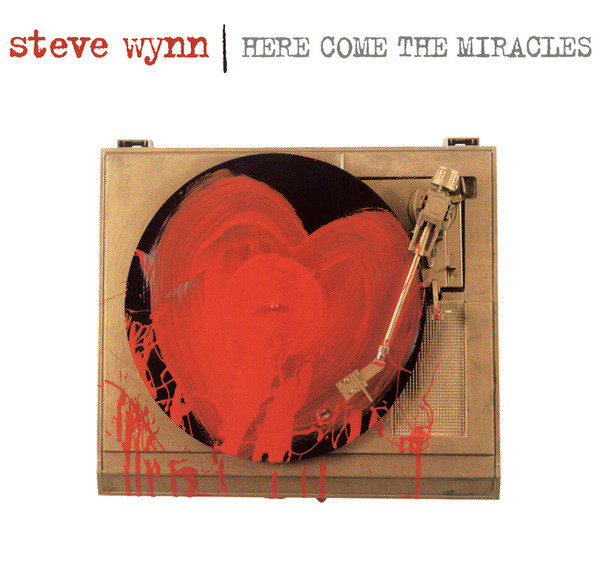
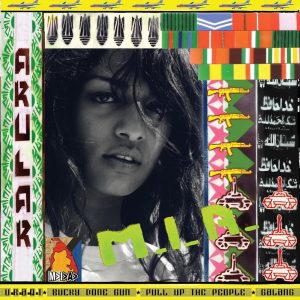

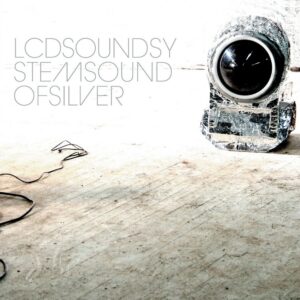
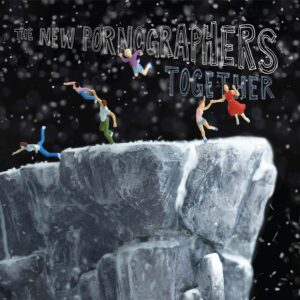
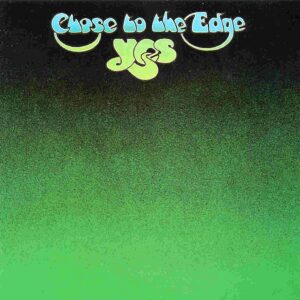
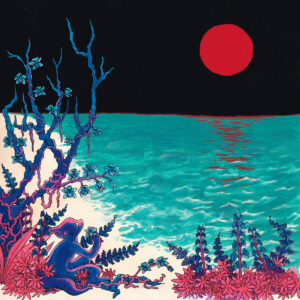
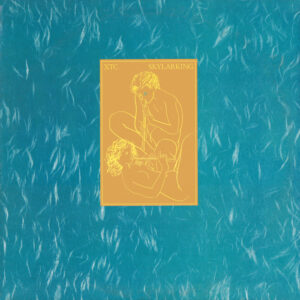
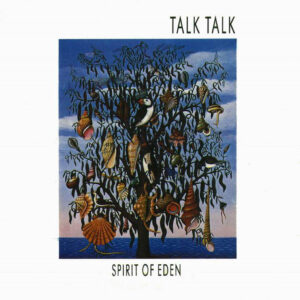
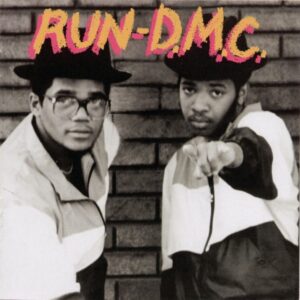
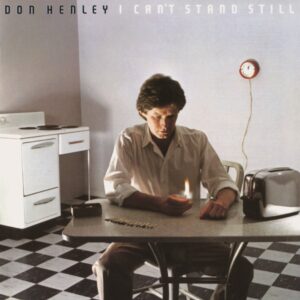
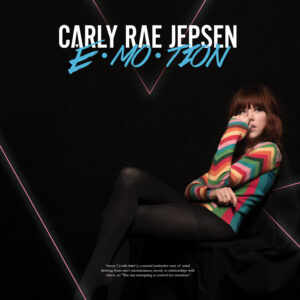
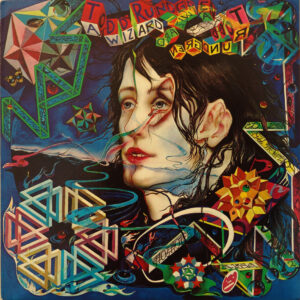

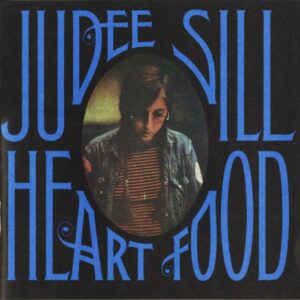
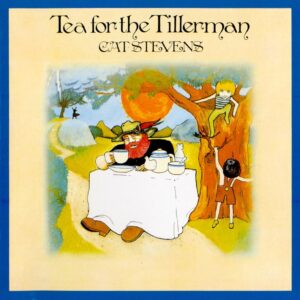
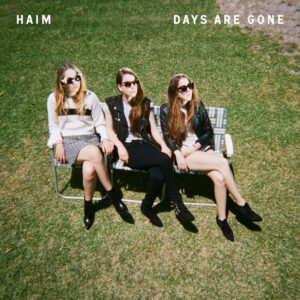
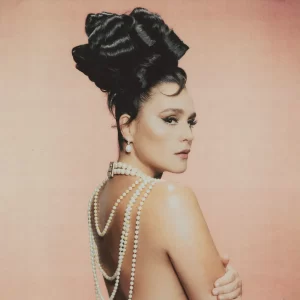
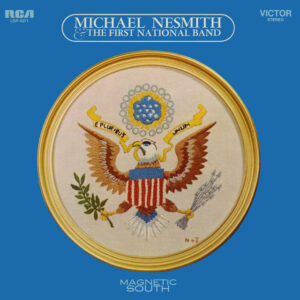

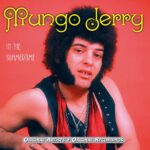
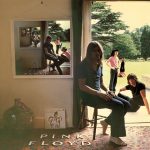
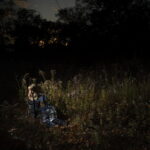
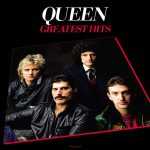
I found about your site because you commented on my love for Steve Wynn on BEA. This is indeed a great album with no flaw whatsoever but there’s so many other albums of his that stand out. I even like My Midnight a bit more than this one: Out Of This World is out of this world!
And then there’s The Dream Syndicate which I saw live recently mainly with their new album, How Did I Find Myself Here?, which is easily their best and most guitar based.
I really like your write-ups here and also share your love for Hüsker Dü.
Thank you! The only other Wynn-related album I have is Dream Syndicate’s debut, which I like a lot. I need to dig a bit deeper sometime. Thanks for writing in!
How about Richard Hawley ? There are plenty of albums to choose from on this decade . If you haven’t listened to him yet I would suggest “Late night final ” (2001 ) , ” Coles Corner” ( 2005) and ” Truelove’s gutter ( 2009) for instance.
And one more request , check out Pulp’s We love life (2001) extremely underrated back then.
I do have Cole’s Corner actually, but haven’t heard any of Hawley’s other stuff. And same with Pulp’s Different Class but not the others. Thanks for the suggestions – I think 2000s is the decade the site is lightest on at the moment.